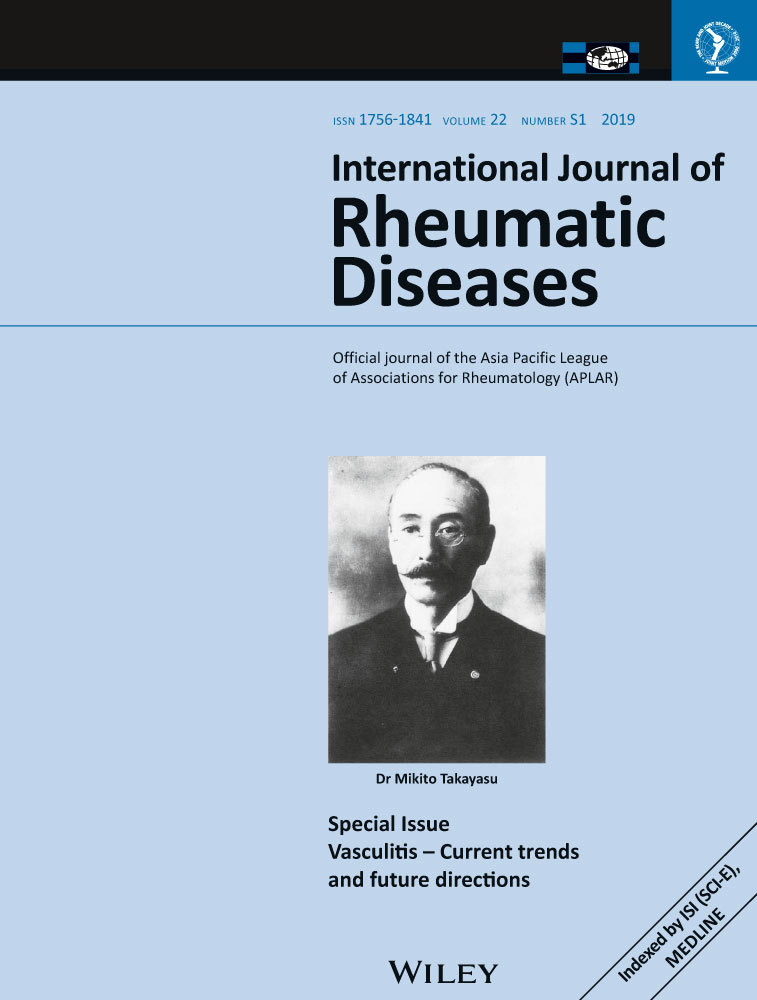Are PR3 positive and MPO positive GPA the same disease?
Abstract
Granulomatosis with Polyangiitis is a necrotising systemic vasculitis predominantly affecting small and medium sized vessels. It is predominantly associated with antibodies directed against proteinase 3, but a small number of individuals with this disease have antibodies directed against myeloperoxidase. The premise of this paper is to explore the possibility that these two serotypes maybe two separate diseases. There is evidence that the same single nucleotide polymorphisms in the TLR 9 gene is associated with increased risk for PR3 ANCA positivity but protects against MPO ANCA positivity. There is some evidence that MPO ANCA positive GPA disease may be ‘limited’ in its expression and be associated with the more indolent phenotype. The genotype may affect the serotype, and the serotype might affect the phenotype. There has been limited success in identifying how the difference in phenotype might affect outcomes. We are at a very early stage in our understanding of how these serotypes might be treated differently. This paper attempts to critically appraise the evidence available so far.




